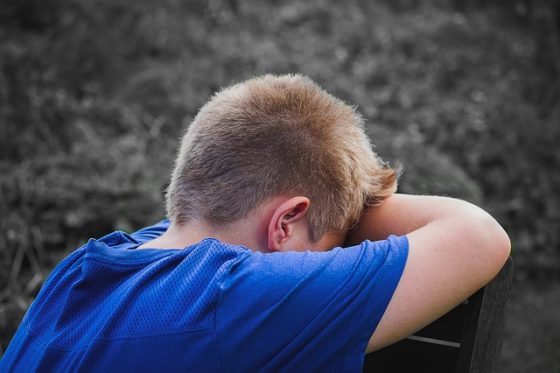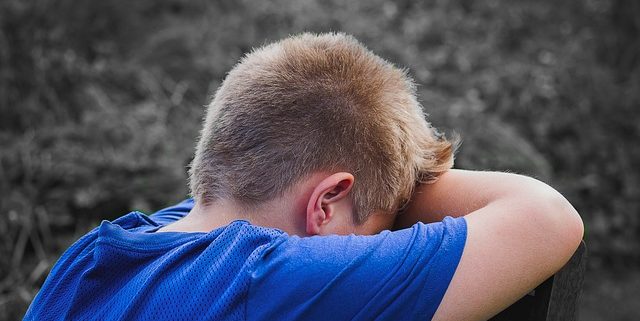Brachial Plexus Injuries and Mental Illness: What’s the Link?
Article at a Glance
- Brachial plexus injuries are injuries to the nerves in the arm or hand, typically occurring during childbirth or in other cases of trauma, such as a car accident. Many brachial plexus injuries heal on their own or with little treatment, but some can cause lifelong damage.
- Children with brachial plexus injuries may be more likely to also suffer from mental health issues as they get older. Even if the injury is healed, trauma and discrimination — as well as a lack of support — may make girls from low-income families more than twice as susceptible to mental illness than boys from wealthy families.
- Help is available for those who may have a birth injury claim. Safe Birth Project offers free case reviews for families of children with birth injuries.

A new study from Sweden now adds to those complications. According to the study, published in the journal PLOS ONE, children with limited physical disabilities — such as a brachial plexus injury – are at a greater risk for developing a mental illness later in life. Girls were more at risk than boys, as well as those from poorer families.
This post will discuss what a brachial plexus injury is in more detail, some of the study’s findings, and what you can do if your child has suffered from a birth injury.
What is a brachial plexus injury?
There are two main types of brachial plexus injuries: Erb’s palsy and Klumpke’s palsy. The brachial plexus is a set of nerves along your arm, with Erb’s palsy referring to the top half of the arm closer to the shoulder and neck, and Klumpke’s palsy limited to the nerves that make our hands function.
The brachial plexus can be torn in any number of ways, but most commonly when the baby’s head and shoulders are overstretched during delivery. Some of this may be due to a doctor’s actions, but other injuries happen during normal contractions.
Some risk factors for a brachial plexus injury include:
- Baby being larger than normal (called fetal macrosomia)
- Baby being born breech
In cases of fetal macrosomia, doctors may try to pull baby out of the birth canal by the head or arms, which can damage the brachial plexus. They may use tools to help (forceps or vacuum delivery), which can further increase the risk for an injury.
In cases of babies being born breech, or feet first, their arms can be damaged while stretched over their head during delivery.
Forty percent of brachial plexus injuries require surgery. If the injury was severe and caused muscle imbalance, baby might need a muscle transfer procedure to support weaker muscles. Physical therapy and Botox also have been used as treatment options.
See also: Baby’s Heart Rate: What it Means for Brain Injuries
Beyond the Birth Injury: Long-Term Medical Issues
While many brachial plexus injuries heal on their own or with little treatment, it’s frustrating for families whose lives may be changed by a brachial plexus injury that does not fully heal. Now, those physical disabilities may be linked to mental issues, as well.
The Swedish study, led by researchers at Lund University, followed 600,000 children born to Swedish parents between 1987 and 1993. About 1,600 of those children had a brachial plexus injury. As they approached adolescence, researchers noticed the following:
- The children with brachial plexus injuries were more likely to also be taking medication for a mental health issue.
- Injured children from poorer families were more affected than those from families with higher income. Girls were also more affected than boys, particularly if they also came from a low-income family — the risk for poor mental health was more than double for them compared to boys from wealthy families.
One of the researchers theorized that these issues largely had to do with trauma and discrimination:
“I have seen how the experiences and consequences of school-related stress are greater in girls than in boys. As far as the children’s socio-economic background is concerned, there is already a lot of research showing that children from less fortunate families often receive less support. They often have poorer access to information and support from extended social networks and formal organizations.”
See also: More Pregnant Women are Dying in Rural America. Why?
Getting Help with a Birth Injury
Researchers hope this new information will lead to increased focus on mental health as injured children become teenagers, especially if they come from a low-income background and are female. Continuing to receive support even after the injury is healed is important, they say.
If your child has suffered from a birth injury, including brachial plexus injuries, you’re not alone. Depending on the severity, treatment may be lifelong. You may be able to recover compensation for your child’s injury, including pain and suffering. Contact Safe Birth Project today to learn more about how to get help.







Leave a Reply
Want to join the discussion?Feel free to contribute!